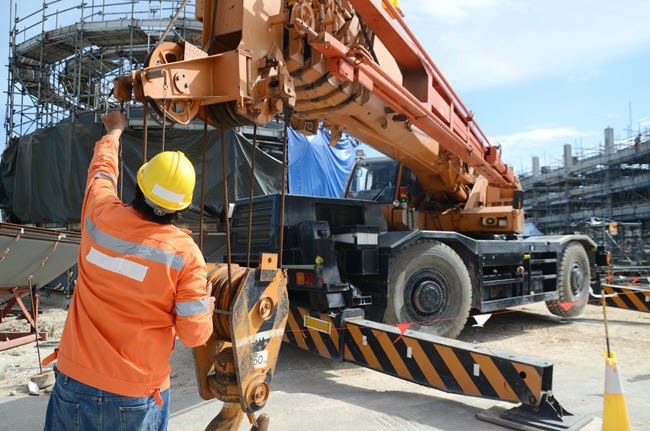Revolutionizing American Manufacturing

A major focus of the current administration is revitalizing American manufacturing, and new technologies are changing the way things are made. Manufacturing Extension Partnership (MEP) Director Pravina Raghavan recently appeared on Government Matters TV,where she discussed how MEP National NetworkTM experts around the country are working with small manufacturers to revolutionize U.S. manufacturing. From 3D-printed body organs and predictive maintenance to sensors that improve supply chain visibility, the future of manufacturing is about making processes more efficient and getting people what they need when they need it.
Raghavan said,
“Last year alone, we helped do $18.8 billion in sales for manufacturers. These types of technology modifications ensure that manufacturers are getting what they need at the right time, and real-time inventory getting out to the public.”
The potential of 3D-printed body organs
3D printing holds great promise for manufacturing. One exciting area is the possibility of 3D-printing human tissue, be it valves or entire organs. Currently in the active research phase, scientists at the National Institute of Standards and Technology (NIST) are hard at work developing the necessary measurement infrastructure to unlock this technology’s full potential. 3D printing could eventually help Americans get the vital organs they need more quickly, reducing wait times and the chance of rejection and ultimately saving lives, all while cutting the cost of surgeries dramatically.
Predictive maintenance is transforming manufacturing
Predictive maintenance, or prognostic health management, is transforming manufacturing. Like the sensors in your smart watch that collect your health data, predictive maintenance provides data about the health of a manufacturing facility. Sensors enable manufacturers to better understand their production lines, correct problems and save money. This increases efficiency, brings costs down for the manufacturer, and benefits the public with lower-priced consumer goods.
In addition, the current workforce shortage means many manufacturers don’t have enough people to check machines. Sensors can do this instead so manufacturers can correct problems before they shut down a production line. This helps prevent supply chain issues, product shortages, recalls and other issues that prevent people from getting goods when they need them.
Increasing supply chain visibility
Most people never thought about supply chains before the pandemic. It’s not an issue until you can’t get something you need – like toilet paper. Where do the components come from? How does a product get from point A to point B? Where is it assembled? Supply chain visibility means understanding these details.
Smart manufacturing supports supply chain visibility and allows it to happen more quickly than in the past. With sensors, manufacturers can tell what’s going on every step of the way, from suppliers to the person who puts the product together. That kind of data is very empowering because it shows where the gaps are. Using this technology, a manufacturer can pivot when a part isn’t available from the usual supplier and find another supplier. This helps eliminate the long wait times we’ve experienced in the supply chain during the past few years.
Excitement for the future of manufacturing
The future of manufacturing is about making things more efficient. It’s about getting goods – whether it’s cheese or dishwashers or airplanes – to people faster. The future includes small manufacturers incorporating smart manufacturing technologies and sensors. With these, manufacturers can identify and correct problems and make sure products are on the shelves when people need and want them.
Supporting small U.S. manufacturers in the supply chain is critical. The mission of the MEP National Network is to strengthen and empower U.S. manufacturers. More than 1,450 trusted advisors and experts at approximately 430 MEP service locations in every state and Puerto Rico help U.S. manufacturers learn new technologies, identify inefficiencies, find domestic suppliers and grow. Connect with your local MEP Center for more information.
Watch the interview with MEP Director Pravina Raghavan:
ABOUT THE AUTHOR
Katie Rapp
Katie Rapp is a writer/editor for NIST's Manufacturing Extension Partnership where she helps NIST MEP staff use plain language so their readers can understand what they write the first time they read it. Before that, she was a librarian at the NIST Research Library where she learned and wrote about many cool NIST history stories.
Share this
You May Also Like
These Related Stories

Andy Zosel to Speak About Mastering Disruption: Zebra Technologies' Vision for the Next Era of Manufacturing

Impact Washington & Center for Advanced Manufacturing Puget Sound (CAMPS) Lunch and Learn June 21st





No Comments Yet
Let us know what you think